Top 9 Most Beautiful Historical Sites In Kuwait
Kuwait, a country in Western Asia, is decorated with stunning historical wonders that not only attract tourists but also symbolize its glorious past. ... read more...Therefore, if you are interested in traveling to Kuwait, the list of the most beautiful historical sites in this nation might serve as a guide.
-
The Dickson House is one of the most valuable heritage structures in Kuwait. The creative design and classification of spaces give this building a distinct personality. For more than 50 years, the building functioned as the offices and home of Colonel Dickson, the British Political Agent. The Dickson family had a great connection to this thirty-room home. As a result, the house is known as Dickson House.
The original structure, described as a typical Kuwaiti house, is assumed to have been constructed on coral stone foundations in the 1890s. This was a basic building with a number of rooms on the ground floor viewing the seafront. Used to be surrounded by numerous old buildings that belonged to merchants, the Dickson House is currently located on Gulf Street, with views of the seafront on one side and modern high-rise buildings on the other. The Kuwaiti National Council's culture, arts, and literature have been restored and are open to the public in this house.
The Dickson House is also considered as a symbol of Kuwait's long-standing friendship and strong political ties with the United Kingdom.
Location: Kuwait City
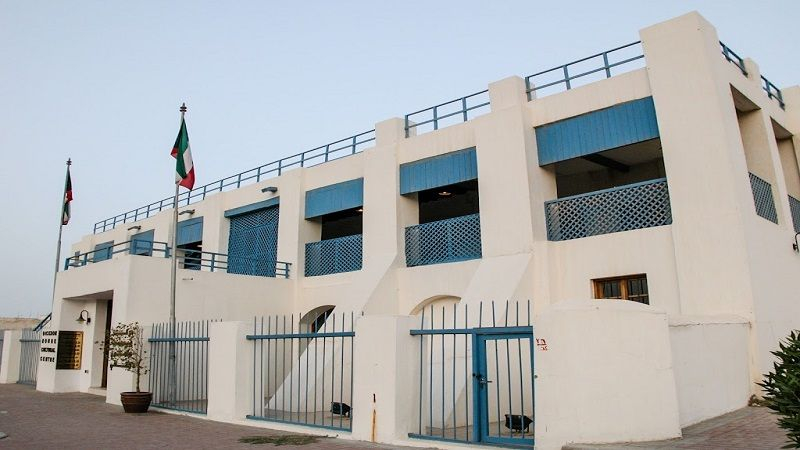
myholidays.com 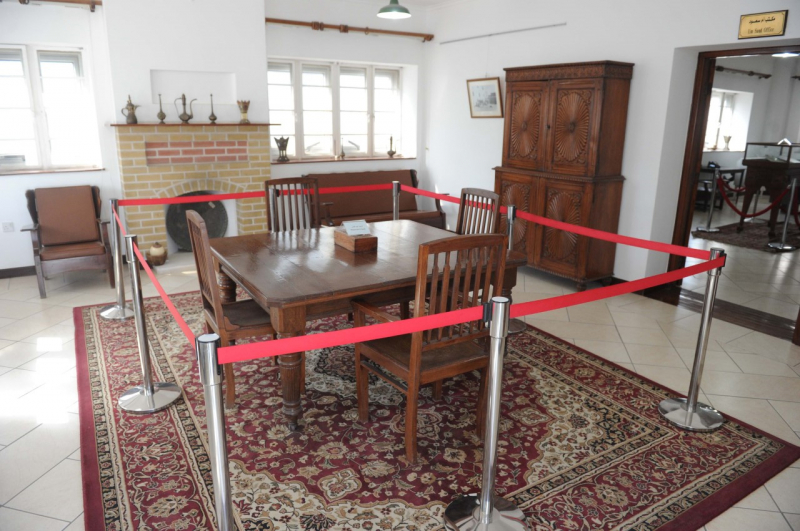
kuna.net.kw -
Doha Village is said to be a must-see for anyone who has interest in learning more about the most beautiful historical sites in Kuwait as exploring this attraction is like traveling to the country’s past. In the old days, Doha Village was well-known for building fishing and dhows units. During the invasion of Kuwait, the Iraqi army ransacked and fortified the Doha Village. However, when Kuwait was liberated, Doha Village was reconstructed. Unfortunately, there has been a decline in the number of dhows in the area because they are no longer utilized for trading.
In 1984, plans to transform Doha Village into an Entertainment City developed. A mini theme park was built in the historically significant site 20 kilometers north of the city. Guests will be provided a wide choice of entertainment activities, such as games and park rides, at the new theme park attraction. The dhows and boats production are currently open to the public. Therefore, collectors and visitors can buy traditional dhow miniatures here.
Location: Kuwait City
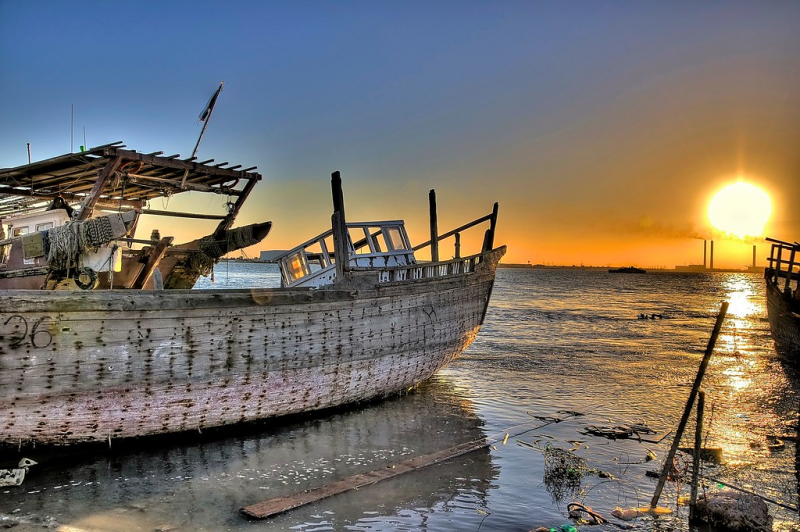
flickr.com 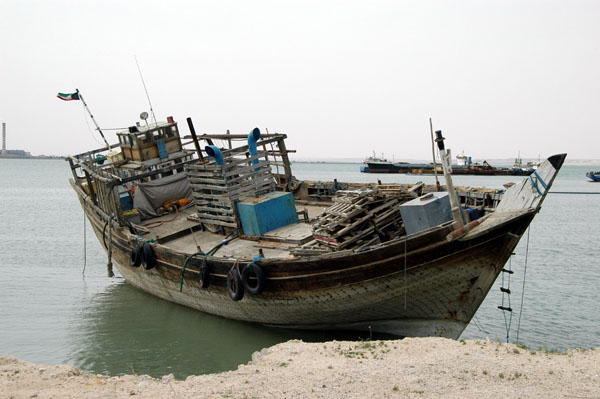
pbase.com -
If you're a history nut, paying a visit to Failaka Heritage Village would definitely be a great choice. Failaka Heritage Village is located on an amazing historic island, Failaka, which is 20 km off the coast of Kuwait City in the Persian Gulf. It is especially famous for preserving the soul and historic traditional way of life of Kuwaiti people. One of the island's most beautiful attractions is the distinctive palace of Sheikh Abdulla Al Salim Al Saban, a prominent leader of Kuwait in the 1950s.
In addition, the enormous and calm residences with old life fashion have been restored and equipped to make them ideal family accommodations. The area also provides typical fun and excitement activities including horseback riding and camel riding. Along the Wanasa Beach, tourists of the heritage village have chances to immerse themselves in the world of water sports such as jet skiing, fishing, and banana boat excursions. After that, they can enjoy barbecues in the moonlight.
Location: Kuwait City
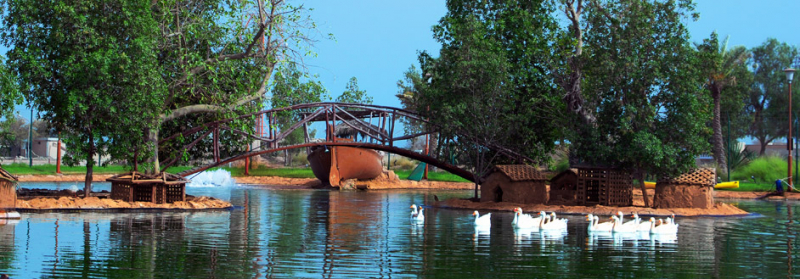
sarahoummod.wordpress.com 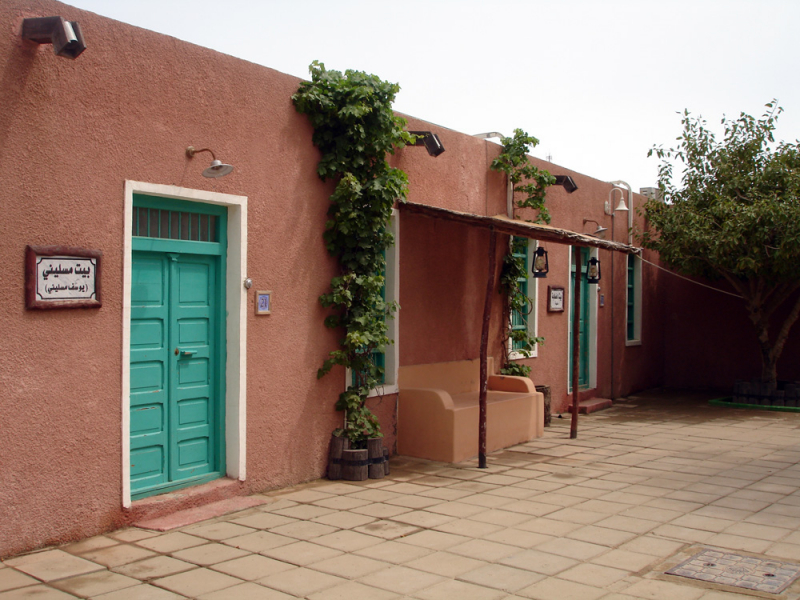
aathaar.net -
Standing at the fourth position in the list of the most beautiful historical sites in Kuwait is Kuwait National Museum. Located along the Arabian Gulf Street between Seif Palace and National Assembly, the building was completed in 1983 and designed by French architect Michel Ecochardit. As a destination to discover the history, art as well as culture, the museum displays the country's inner beauty, Kuwaiti life, and traditions. Its gates resemble a typical fortress. Thus, visitors are required to walk through the 'entrance' and out into paths filled with soil piles.
There are four main different areas in Kuwait National Museum, which are:
- The Kuwait Heritage Museum features a representation of "Old Kuwait", which displays various aspects of Kuwaiti life through life-size replicas and models.
- The Planetarium, as its name implies, exhibits all of the artifacts uncovered during the excavations.
- The Archaeological Museum is devoted to the research and understanding of the Universe.
- Boom Al Mouhallab is one of the most significant dhows in Kuwaiti history. However, it can only be seen from the outside. The inside is not yet open to the public.
Location: Kuwait City
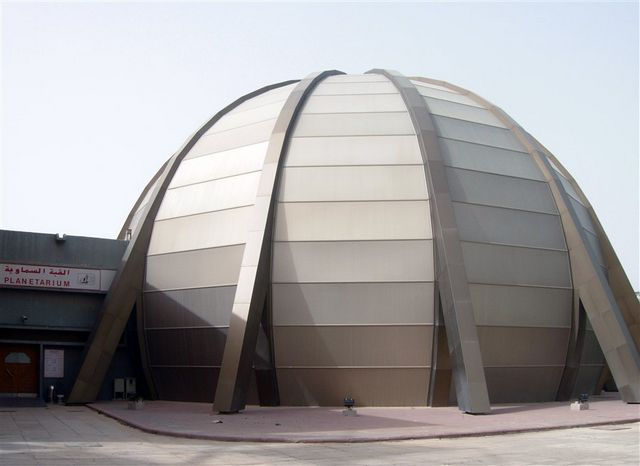
aathaar.net 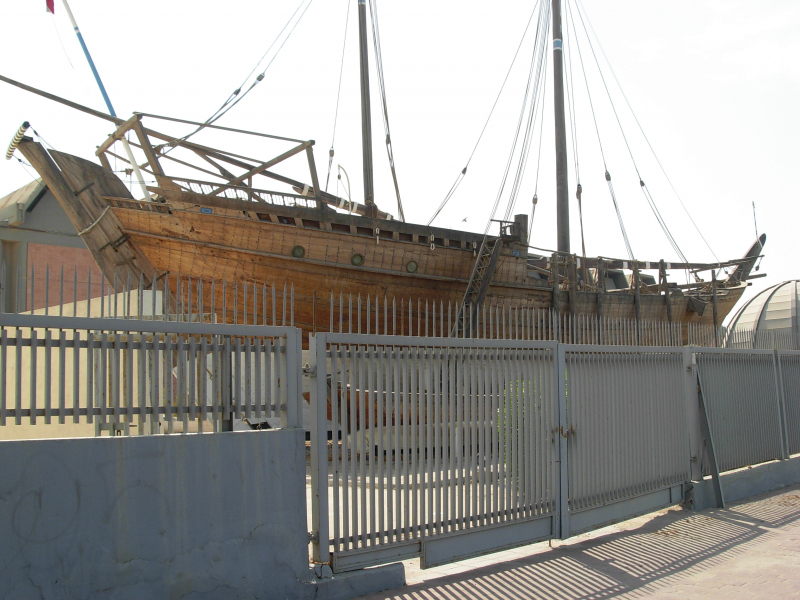
en.wikipedia.org -
Situated right next to the National Museum of Kuwait on Gulf Road, Bait Al Sadu (Sadu House) is a stunning, traditional Kuwaiti-styled house that has been transformed into a cultural center. In 1980, it was built by the Al Sadu Society with a view to protecting the Bedouins’ interests and unique handicrafts. The term "Al Sadu” can be broadly translated as “moving at the pace of a camel" and is used to refer to their weaving process, woven products, and ground loom.
The building was originally a mud house. Unfortunately, it was damaged by the Kuwaiti floods in 1936. Eight years later, Sadu House decided to register 300 Bedouin women, and they were manufacturing approximately seventy items per week. Guests visiting Sadu House will have opportunities to admire a variety of weaved products. Furthermore, they can also watch a fascinating documentary on the many techniques and history of the Bedouin tribes, as well as the significance of weaving in their daily life.Location: Kuwait City
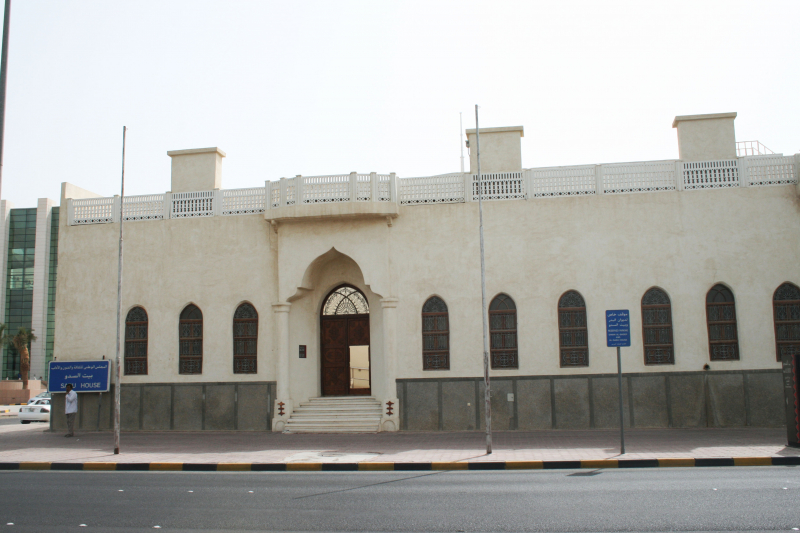
alsaduweaving.wordpress.com 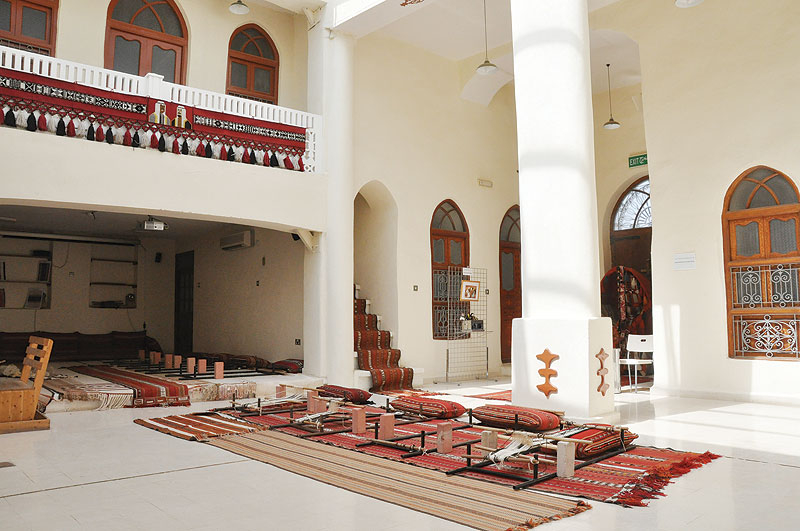
kuwaittimes.com -
Kuwait was famous for its maritime trade, and the ships employed were known as Dhows in Kuwait. These dhows came in a variety of shapes and sizes. The larger ones had over 30 crew members, while the smaller ones had around 12 crew members.
Dhow Harbour is now highly preserved and located just behind the Scientific Complex in the Al-Ard region. It used to be one of the most important sailing ship ports for Kuwaiti people. In prehistoric times when oil had not been discovered yet, these ships were utilized by locals to fish, seeking for pearls, and do coastal business.
Visitors may observe the antique wooden ships with their silk-white big sails that were once the driving force of Kuwait's economy. At Dhow Harbor, they should come on board the 'Fateh el Kheir'. The Fateh el Kheir means “source of Good Fortune”. It is the largest and last remaining wooden dhow from the past. In order to catch the whole beauty of the dhow ship, tourists have to stroll all the way around the scientific complex. Therefore, it is not an exaggeration to say that a journey to Kuwait will be a miss if it lacks Dhow Harbor.Location: Kuwait City
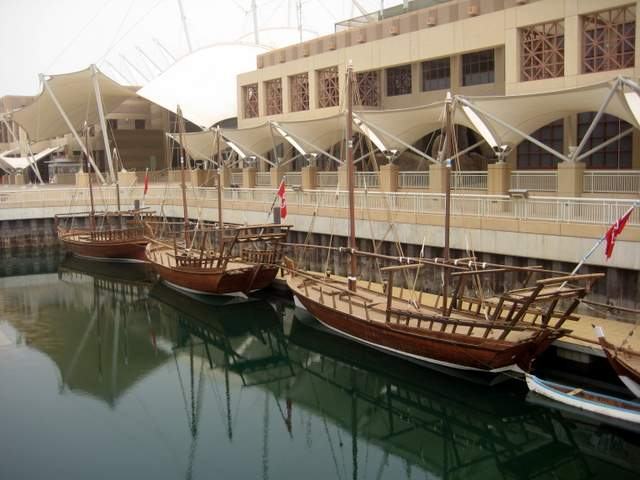
karipearls.com 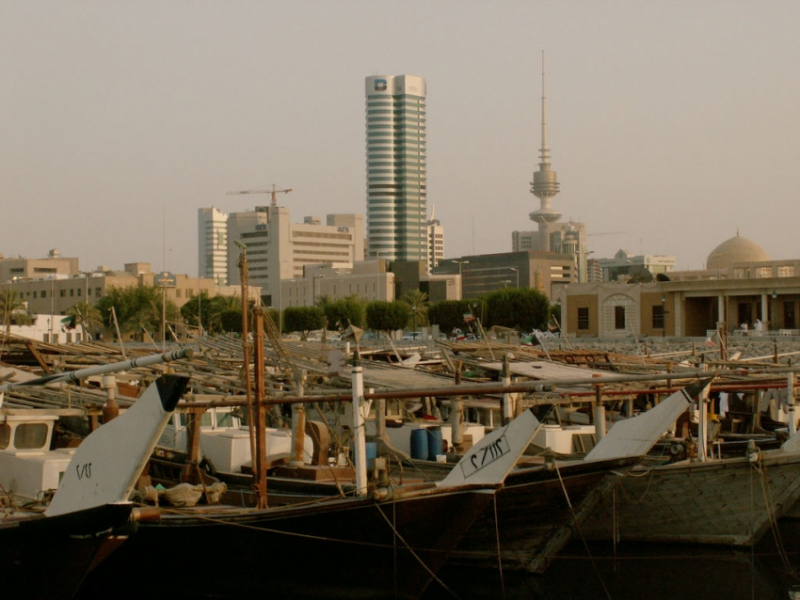
cityseeker.com -
The Tareq Rajab Museum contains more than thirty thousand items that were collected over the previous fifty years, with approximately ten thousand on permanent exhibit.
Tareq Sayed Rajab was the first Kuwaiti to study art and archaeology in another country. He met and fell in love with Jehan Wellborne while studying in the United Kingdom. They traveled together throughout the Islamic world as well as Central and South-East Asia and the Far East, gathering artifacts and documenting monuments, people, and customs or anything they thought could be used and shown in a museum. Devoting their life to working and studying, finally, they could unveil the Museum to the public in 1980.
The Museum is currently divided into two separate areas:
- Area A exhibits calligraphy, manuscripts, miniatures, ceramics, metalwork, glass, jade-, wood- and stone-carvings
- Area B displays costumes, textiles, jewelry, and musical instruments in the Islamic world dated back to 250 years
Location: Kuwait City
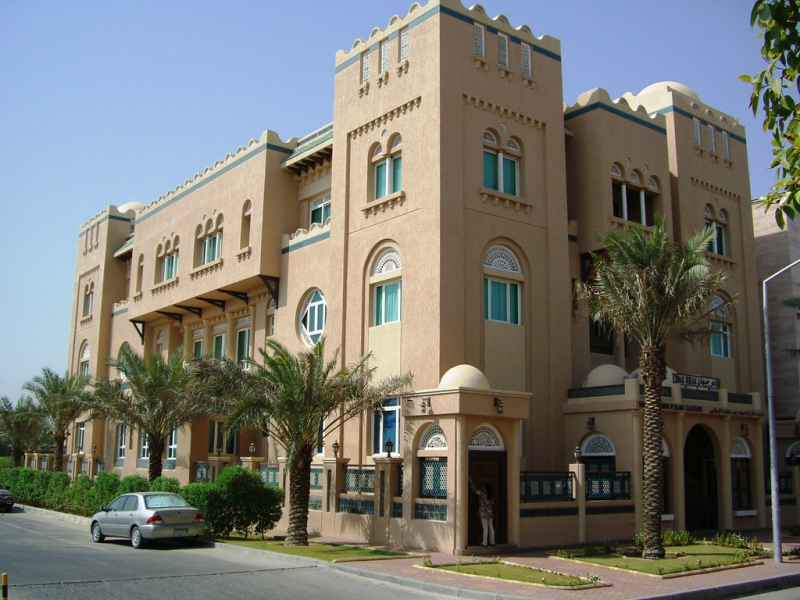
flickr.com 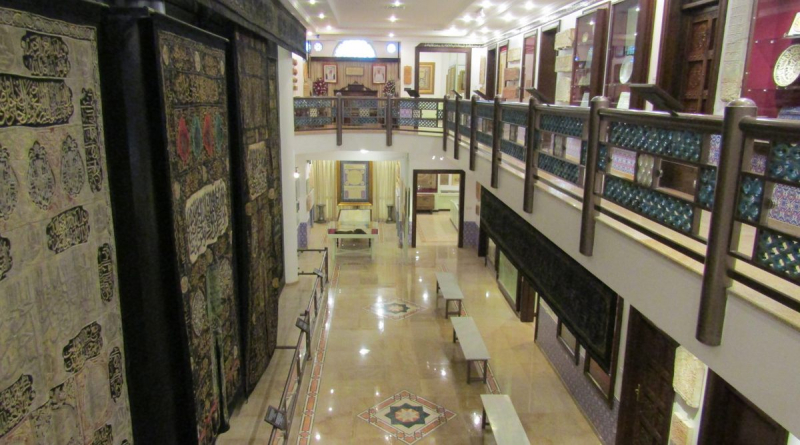
atlasobscura.com -
The Seif Palace, which was constructed in 1896 by Sheikh Mubarak, is regarded as a crucial element of Kuwait's development. The palace has a total area of 450000 sqm, which includes an artificial lake, a helicopter landing strip, and a boat dock. After three years of building, Sheikh Mubarak expanded his palace by adding another wing, which was built in the same architectural style. By the end of 1910, the construction had been completed. The Seif Palace was the first residence in Kuwait to receive electricity in 1913.
One of the reasons why tourists flock to the Seif Palace is its amazing architecture. When it comes to size, it is quite huge for a nearly empty structure. For some citizens, walking around the palace is exhausting. The palace is also an outstanding example of Islamic architecture, with original Islamic mosaic tile covering the entire structure. Its dome was completely covered with solid gold. It was built out of clay, metal, wood, and limestone found nearby.Location: Kuwait City
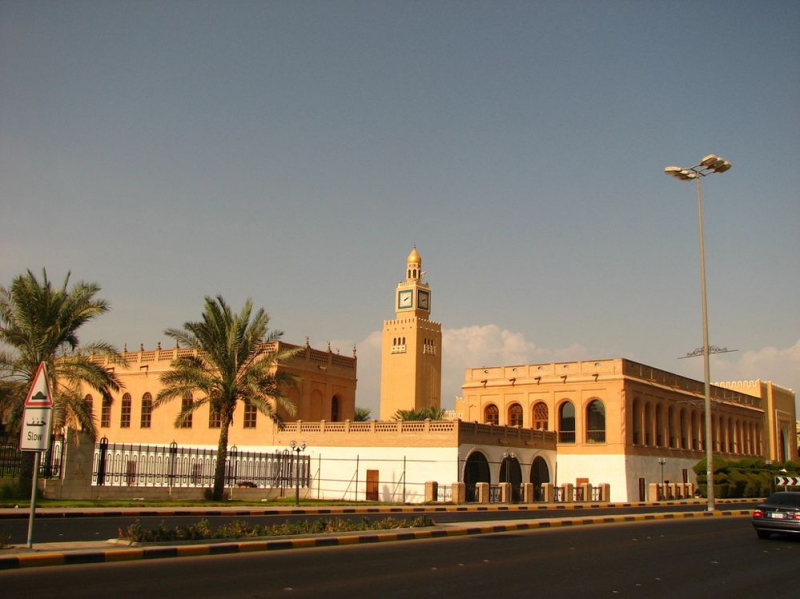
pinterest.com 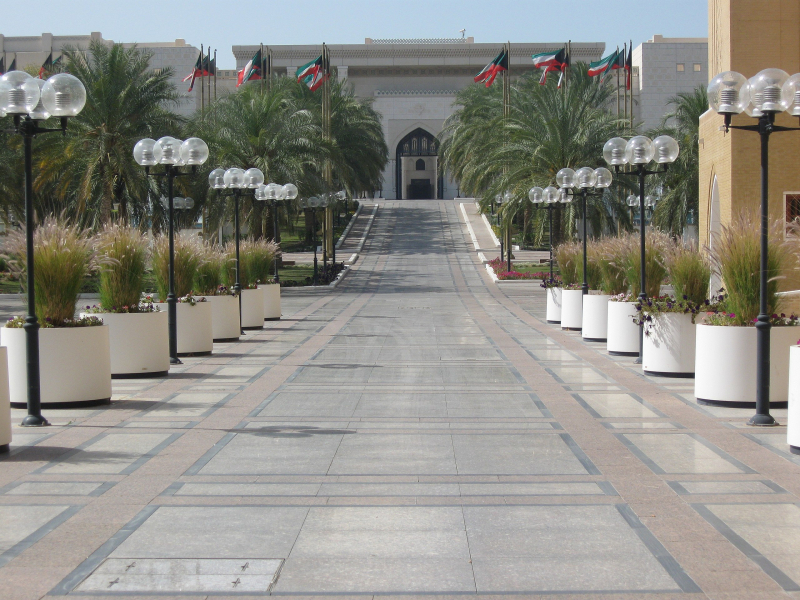
commons.wikimedia.org -
The Liberation Tower, a 372-meter-high telecommunications tower, is the second tallest structure in Kuwait. The tower's construction began before Iraq invaded Kuwait on August 2, 1990. It was supposed to be named The Kuwait Telecommunications Tower. During the Iraqi invasion, there was no damage to this structure, hence it was given the name Liberation Tower. The construction, which was nearly half-complete at the time of the invasion, was postponed. Then the work on it resumed when Saddam Hussein's forces were forced out on February 27, 1991. The tower was renamed the Liberation Tower after its completion in 1993, representing Kuwait's liberation from Iraq.
Ceramic tiles are used to build on the facade from the ground to the first mezzanine level. From the base, three natural light shades create a geometric design. Inside are offices, restaurants, and an observation deck where you can view locals at work. The tower is not available to the public for direct visits. If you want to visit the tower, you can contact the AWARE Center or the TIES Centre.
Location: Kuwait City
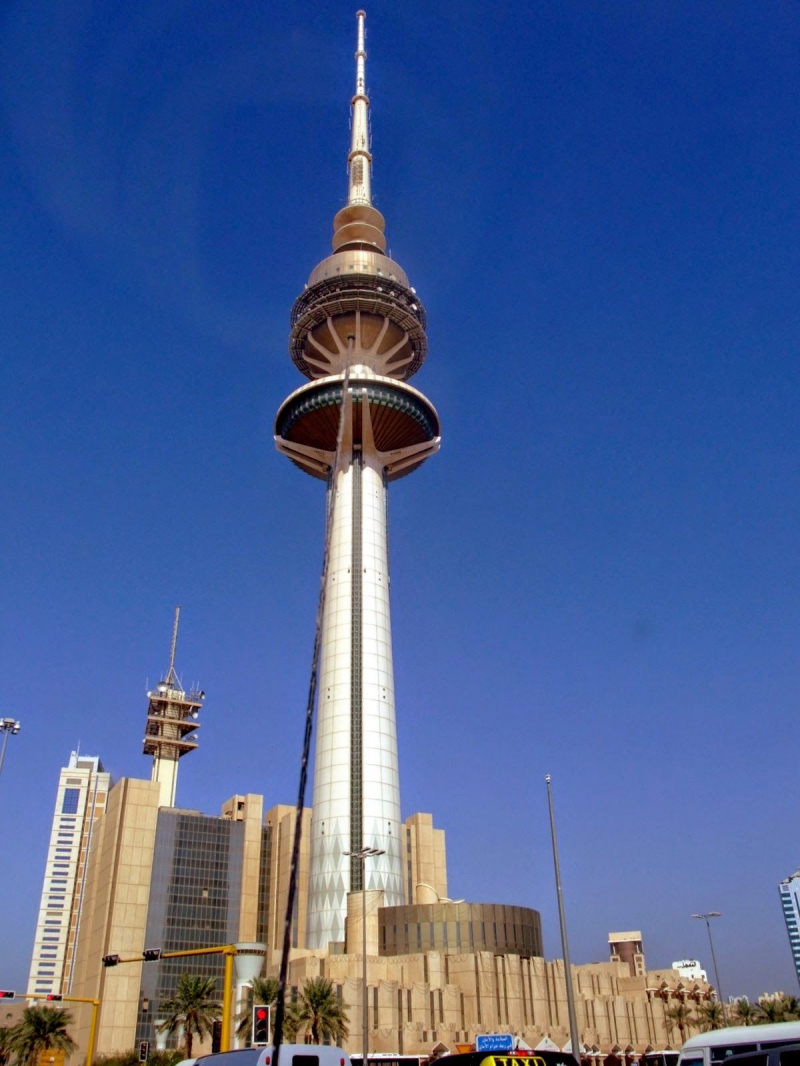
pinterest.com 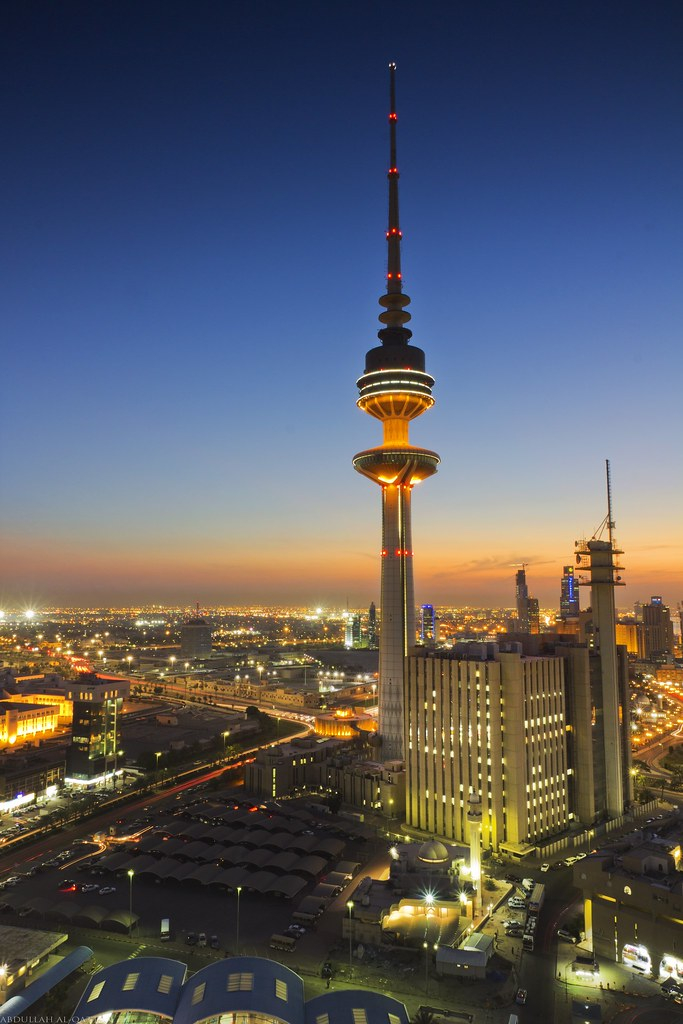
flickr.com






























